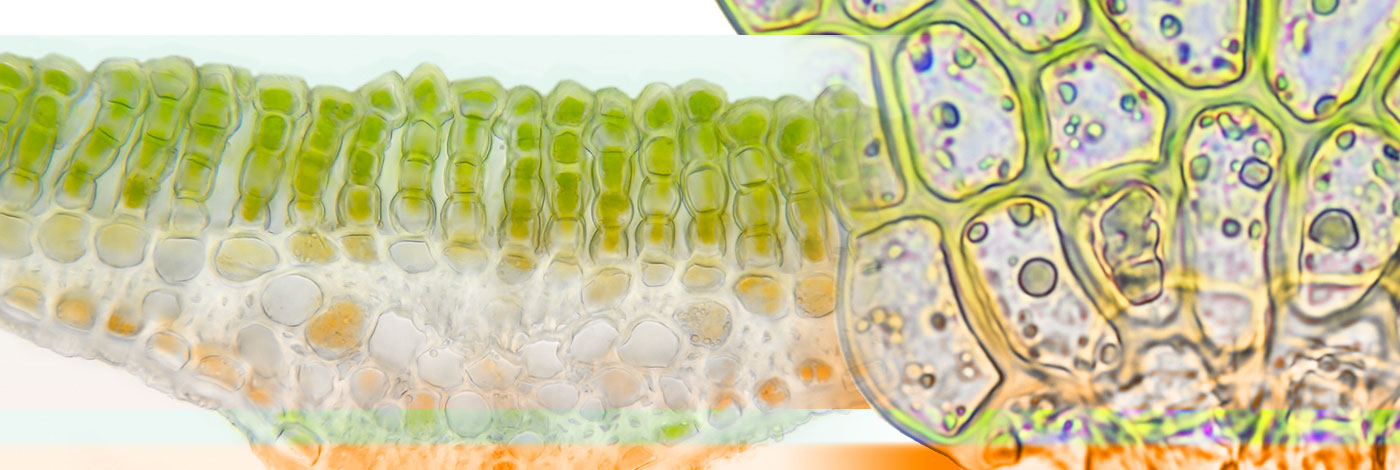
 Cryptogamie, Bryologie
32 (3) - Pages 221-231
Cryptogamie, Bryologie
32 (3) - Pages 221-231Seventeen moss species developed on 262 samples of faeces of 5 ungulate species, collected on Biebrza Marshes and in Bialowieza Forest. Over half of them have not been previously reported for Bialowieza Forest and over 30 for both sites. The most common species in the field were not found in the samples. Only Ceratodon purpureus (Hedw.) Brid. and Leptobryum pyriforme (Hedw.) Wilson grew on each type of faeces. Moss species growing on most of the faeces types were of neutral or calcicole habitats, while those present on the faeces of only one animal species were of weakly calcifuge to neutral habitats. Our study demonstrated that the dung of ungulates allows for the development of moss species with preferences for neutral and alkaline soils and bare ground habitats. It can be concluded that the presence of large herbivores, especially tarpan (Equus gmelini Ant.), elk (Alces alces L.) and European bison (Bison bonasus L.), and their faeces in the landscape contributes to the biodiversity of bryophyte flora.